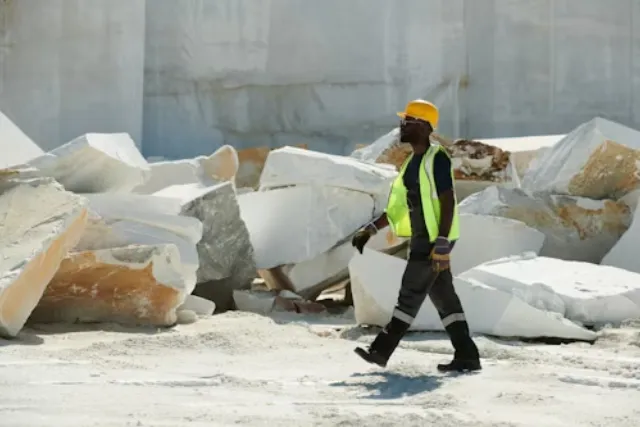
Federal immigration enforcement is upending construction jobsites across the country, leaving contractors scrambling for labor and uncertain about project timelines. A July 23 raid at an Alabama elementary school construction site led to the arrest of 11 people, according to WKRG5, marking a notable escalation in Immigration and Customs Enforcement (ICE) activity.

The raid is just one instance of a broader crackdown under President Donald Trump’s administration, which has increasingly prioritized deportations—even among individuals without criminal convictions.
“We now know that the Trump administration is very serious about deportations, even among those who do not have misdemeanor or felony convictions,” said Anirban Basu, chief economist for Associated Builders and Contractors.
The timing of these raids is compounding existing workforce shortages, especially as contractors continue to face high demand and limited labor availability. According to Basu, between January and March of 2025, unfilled job openings jumped from 7.2 million to 7.8 million, reflecting employers’ growing efforts to replace undocumented workers.
“Construction is one of the industries that has tended to utilize a significant fraction of undocumented worker capacity,” Basu said. “That partial solution is now less accessible.”
The Associated General Contractors of America (AGC) had warned members in early 2025 that ICE activity would ramp up, and that forecast is proving accurate. Now, signs are popping up at construction sites that explicitly tell federal agents they must have a warrant to enter.
“We are warning our members they’re likely to expect even more activity now that they’re better funded and have more resources to use,” said Brian Turmail, AGC’s vice president of public affairs and workforce.
Increased enforcement is also producing what Turmail calls a “chilling effect,” with some workers calling out or simply not showing up out of fear.
“Everyone understands that if you’ve done E-Verify, you’ve done I-9, you may still have undocumented workers on your jobsite,” he added.

The consequences are already being felt by large contractors, said George Carrillo, co-founder and CEO of the Hispanic Construction Council, which advocates for Hispanic workers and business owners.
“Some of the large general contractors that didn’t necessarily have any sort of worries before, now have worries because some of their jobsites have been hit,” Carrillo said.
Carrillo also mentioned “collateral damage,” where workers not initially targeted during raids are still caught up and deported—although Turmail noted ICE sometimes limits its activity only to individuals with criminal records, adding to the confusion.
The economic impact is becoming increasingly visible. According to Basu, the uptick in backlog for some contractors may not signal new business, but rather delays in completing existing projects due to workforce disruptions.
“I have a strong suspicion that the recent strength and backlog that has emerged among many contractors has a lot to do with the fact that it’s taking them longer to complete projects,” he said.
Turmail echoed this concern, warning that project halts are a very real possibility if ICE detains more unauthorized workers without criminal records.
“Which will probably lead to some construction projects getting halted because of lack of workers,” he said.
Despite the heightened enforcement, many in the industry are holding out hope for a policy shift. That includes pushing for immigration reform, which some experts believe could gain momentum before the 2026 midterms.
“Our hope and what we’re pushing for is that that’s kind of where they pivot to,” Turmail said. “Like Congress is eager to do something, but is kind of waiting for the Bat Signal from the president.”
Carrillo has visited lawmakers in D.C. to advocate for programs that would allow unauthorized workers to gain legal status. He pointed to the introduction of the Dignity Act of 2025 as a step in the right direction. The bipartisan bill includes provisions to boost border security, overhaul asylum policies, and make E-Verify mandatory for all U.S. employers.
Crucially, the law would create a pathway for undocumented immigrants to earn legal status by passing a background check, paying back taxes, and enrolling in health insurance.
While the bill has yet to be voted on, stakeholders are optimistic that political and economic pressures could drive change.
“I think that’s exactly what we’re going to see in the quarters ahead,” Basu said.
Still, experts warn that the damage from current enforcement tactics may already be deeply rooted.
“With this immigration policy pushing back on immigration, whether undocumented or documented,” Basu added, “that suggests given our nation’s demographics, that if anything, the skilled worker shortage in construction is going to be exacerbated during the years ahead.”
Originally reported by Zachary Phillips in HR Dive.